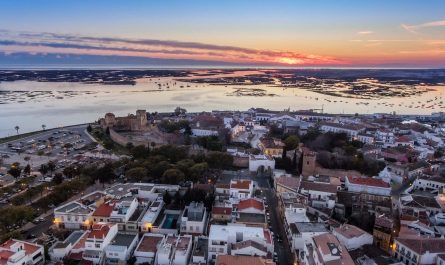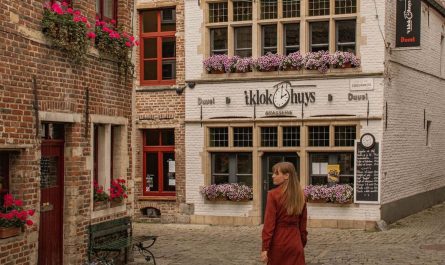My trip to Madeira was something I had been looking forward to for years. This lush Portuguese island off the northwest coast of Africa is known for its stunning landscapes, rich culture, and warm hospitality. For this trip, I made sure to do my homework on local customs and practices so that I could make the most of my experience without stepping on anyone’s toes.
Give Your Tech a Second Life
Give your devices a second life with Gazelle.com
Sell your old tech or buy certified pre-owned phones and laptops — saving money while reducing e-waste.
Smart for you. Good for the planet.
Travel Essentials: What I Packed
Before heading to Madeira, I made sure to pack a few essentials. The island’s climate is generally mild year-round, but because of its mountainous terrain, the weather can change quickly depending on where you are. Here’s what I brought along:
- Light layers: Madeira’s temperatures vary depending on altitude. I packed light t-shirts and shorts for the sunny coastal areas, but also a few long sleeves and a jacket for when I ventured into the mountains or explored higher-altitude towns like Santana.
- Comfortable hiking shoes: Since I knew I’d be hiking some of Madeira’s famous levada trails, sturdy and comfortable shoes were a must.
- Swimwear: With natural swimming pools in places like Porto Moniz and beautiful beaches like Praia Formosa, I didn’t want to miss out on a refreshing dip in the Atlantic.
- Reusable water bottle: Staying hydrated was key, especially during long hikes. I wanted to reduce waste, so a reusable bottle was perfect.
Currency Exchange and SIM Card Acquisition
As Madeira is part of Portugal, the currency used is the Euro (EUR). I brought some euros with me from home, but there are plenty of ATMs and currency exchange options available in Funchal, the capital. The exchange rates at the airport weren’t great, so I waited until I reached the city to exchange more cash.
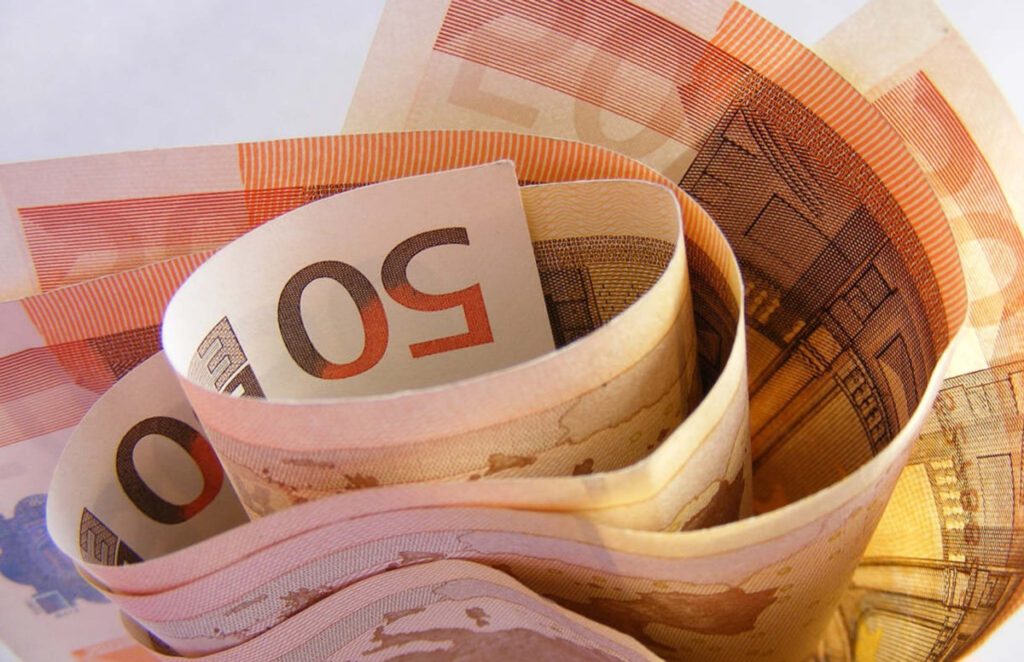
When it comes to getting a local SIM card, the process was straightforward. I popped into a local Vodafone store in Funchal and got a prepaid SIM card. It included a decent amount of data, which was perfect for Google Maps, social media updates, and keeping in touch with family back home. The staff at the store were super helpful and spoke excellent English, making the process seamless.
Madeira Etiquette: What You Should Know
Before arriving, I researched Madeira’s customs and social norms, and I was grateful I did. Portuguese culture places great emphasis on politeness and respect. Here are a few things I learned:
- Greetings: When meeting someone, a handshake or a simple nod with “bom dia” (good morning) or “boa tarde” (good afternoon) goes a long way. When I visited some local markets, the vendors were much warmer and more helpful when I greeted them in Portuguese first, even if my pronunciation wasn’t perfect.
- Table manners: Dining in Madeira is a delightful experience, but it’s important to note that rushing through meals is frowned upon. I learned quickly that meals here are a time to relax and savor, rather than something to hurry through. When dining in small family-owned restaurants, I noticed locals enjoying long conversations over their meals, and I adopted the same pace.
- Tipping: In Madeira, tipping is appreciated but not expected. In most restaurants, a tip of around 5-10% is standard if the service is good. One evening, I left a small tip at a restaurant in Funchal, and the waiter expressed genuine gratitude, something I don’t always see in other European destinations.
One particular experience I had with local etiquette stands out. During one of my hikes along a levada, I encountered a group of locals enjoying a picnic. When I stopped for a break nearby, they immediately offered me some of their food and insisted I try it. I learned that sharing food and drinks with strangers is a common gesture of hospitality in Madeira, and it made me feel incredibly welcome. This kindness reminded me of how important it is to be open and respectful of local customs when traveling.
Must-Visit Attractions in Madeira
Madeira is a treasure trove of natural beauty and cultural landmarks. Here are four of my favorite spots on the island:
Pico do Arieiro
- What to Do: Pico do Arieiro is one of Madeira’s highest peaks, and the view from the top is simply breathtaking. I arrived early in the morning to watch the sunrise, which was absolutely worth the 5 AM wake-up call. There’s a hiking trail that connects Pico do Arieiro to Pico Ruivo, the highest peak on the island.
- How to Get There: I rented a car in Funchal and drove up to the summit. The road is well-paved but steep in sections, so make sure your vehicle is up to the task.
- Tips: Bring a jacket, even in summer. The altitude means it gets quite chilly at the top, especially in the early morning.

Levada do Caldeirão Verde
- What to Do: Hiking a levada is a must when visiting Madeira, and the Levada do Caldeirão Verde was one of the most scenic I experienced. The trail winds through lush forests and along cliffs, with waterfalls and spectacular views of the valley below.
- How to Get There: The trail starts in the village of Queimadas. I drove there, but you can also take a bus from Funchal to the nearby town of Santana and get a taxi to the trailhead.
- Tips: The trail can be wet and slippery, so good hiking shoes are a must. Also, bring a flashlight for the tunnels along the way.
Cabo Girão Skywalk
- What to Do: Cabo Girão is home to the highest sea cliff in Europe, and the glass skywalk at the top offers dizzying views straight down to the ocean. It’s an adrenaline rush like no other!
- How to Get There: The cliff is a short drive from Funchal. There are also bus tours that include a stop at Cabo Girão.
- Tips: If you’re afraid of heights, the skywalk might be a bit much, but the views from solid ground are equally impressive.
Monte Palace Tropical Garden
- What to Do: These gardens are a peaceful oasis overlooking Funchal. With exotic plants, koi-filled ponds, and beautiful stone sculptures, it’s a place to escape the heat and relax. Don’t miss the museum inside the garden, which has an impressive collection of African art.
- How to Get There: I took the cable car from Funchal to Monte. The ride up offers incredible views of the city and harbor.
- Tips: Wear comfortable shoes, as there’s a lot of walking involved. The gardens are large, and you’ll want to take your time exploring.
Street Food to Try in Madeira
When it comes to food, Madeira does not disappoint. One of the best ways to experience the island’s culinary culture is by trying its street food. Here are a couple of dishes I absolutely loved:
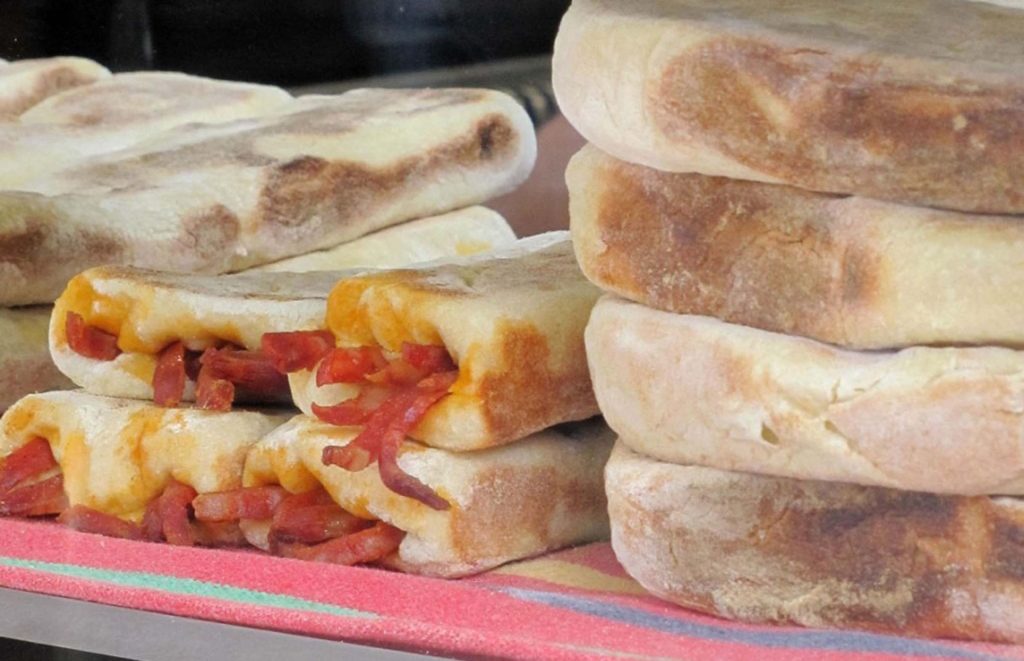
- Bolo do Caco: This traditional bread, made with sweet potato and served warm with garlic butter, is addictive. You can find it at local markets and street food stalls all over Funchal.
- Espetada: Grilled meat skewers, usually made with beef, marinated in garlic and local spices, and cooked over an open flame. They’re sold in street food stalls and local festivals, and they pair perfectly with a cold beer.
- Safety Tip: While street food in Madeira is generally safe, it’s always best to eat from busy stalls where the food is being prepared fresh. This way, you can avoid any unpleasant food-related issues.
Itinerary Planning and Budget Adjustments
To make the most of your time in Madeira, I recommend staying for at least a week. This allows you to explore both the island’s natural beauty and its cultural sites without feeling rushed. Here’s how I adjusted my budget during the trip:
- Accommodations: I opted for mid-range hotels in Funchal for most of my stay but spent a couple of nights in smaller, rural guesthouses to get a more authentic experience. Booking in advance helped me get some great deals.
- Food: Dining out in Madeira can be as affordable or as luxurious as you want. I balanced between trying fine dining restaurants and enjoying local food from markets and street stalls. This helped me stay within my budget while still experiencing the full range of Madeiran cuisine.
- Activities: Many of Madeira’s best activities, like hiking and visiting natural landmarks, are free or low-cost. However, I made sure to save a little extra for excursions, like taking the cable car to Monte and visiting museums.
Travel Insurance
One thing I never travel without is comprehensive travel insurance. Madeira’s rugged terrain and outdoor activities, like hiking and driving on steep mountain roads, made me especially conscious of the importance of being covered. Travel insurance gave me peace of mind, knowing that if anything went wrong, I wouldn’t be left footing a huge bill.
Madeira exceeded my expectations in every way. The island’s mix of stunning natural beauty, rich cultural traditions, and warm hospitality make it a perfect destination for both adventurers and those looking to unwind. By respecting the local customs, packing the right gear, and planning ahead, I was able to experience Madeira in a way that was not only enjoyable but deeply rewarding.
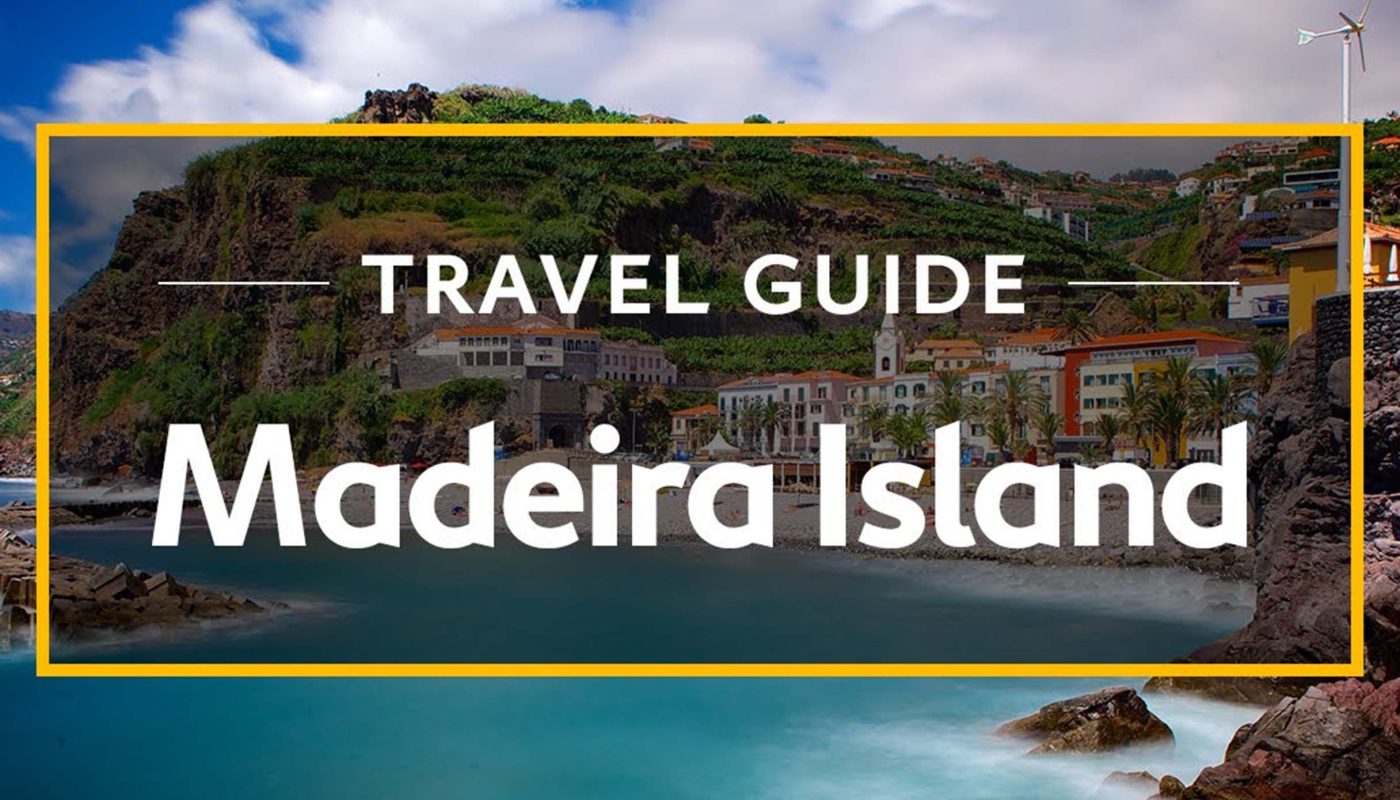
.jpg)
